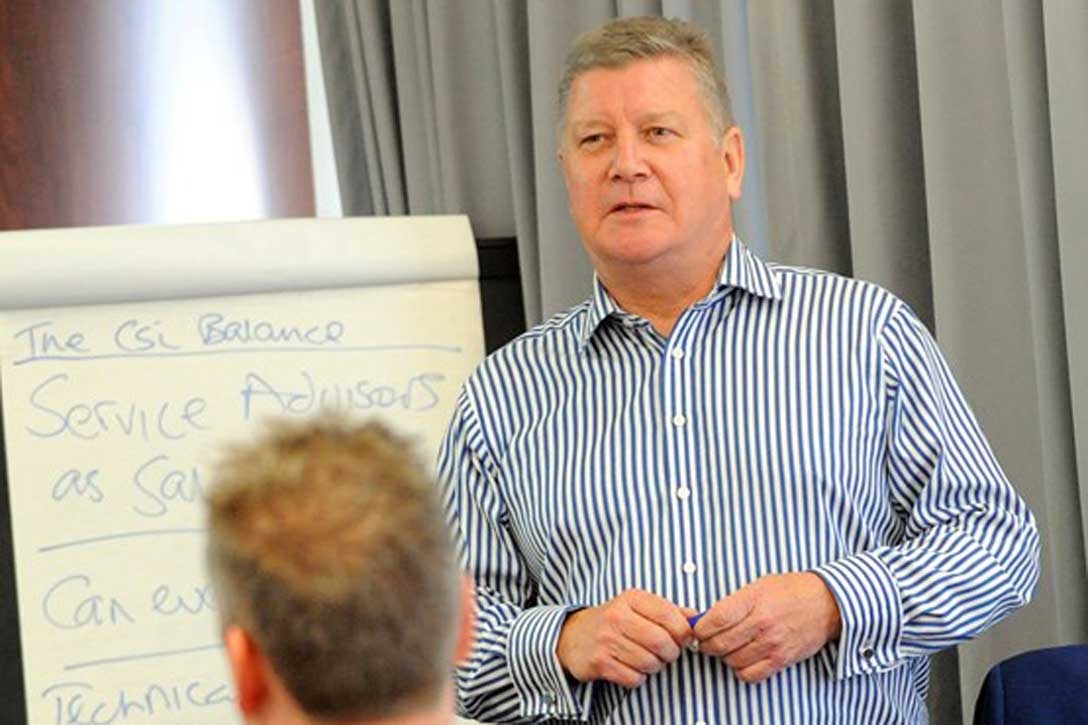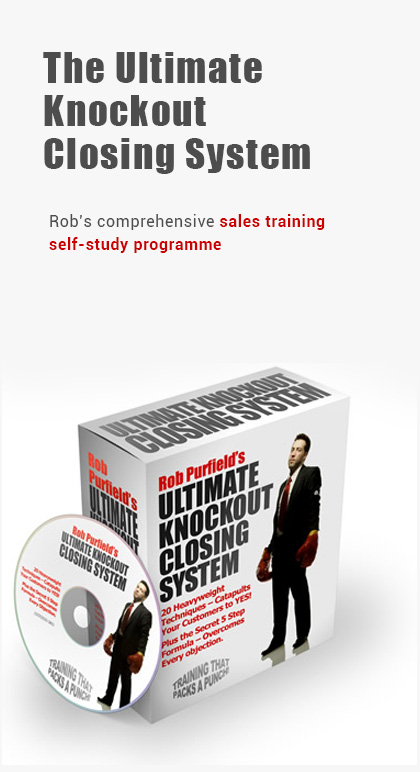“Seriously, who cares?” is a question I am often asked, when I mention profiling the personalities in the sales team.
However, this question shows a profound lack of understanding about sales psychology.
Think about it for a moment. The average salesperson closes about two in ten enquiries, which is a 20% conversion rate. This means that eight out of ten people say NO to your sales team every day (not enough discount, not enough for the part exchange etc.) Over time, salespeople (and managers) simply expect that the majority of enquiries into the business are not going to buy.
The easy way to rationalise this is to decide that most people coming into, phoning or emailing your business are not genuine buyers.
In other words, eight reasons not to buy become eight excuses not to sell!
It means that some salespeople don’t genuinely sell at all – they simply ‘cherry pick’ those customers who were going to buy anyway.
This makes it vital to provide the right training and motivation to turn that ‘Sales attitude’ around and put the focus on the best way to sell – seeing every enquiry as a solid gold opportunity to do so.
So, this week, I want to touch on sales team/salespeople profiling. I recently completed a video series on this theme and put together a simple but effective test to assess your sales team and understand how they behave when they are with a customer, which helps your future training and development plans.
I’m sure you are already aware of the four key stages in the sales process:
- The Sales phase
- The Commitment phase
- The Incentive/Discount phase
- The Dismissive phase
However, do you know how your salespeople actually behave? For example, where do they start when they’re speaking to customers?
Do they go straight to Incentive/Discount, then the Dismissive if the customer won’t commit?
Do they start at Commitment (“Are you looking or buying?”) and go to Dismissive if the customer says, “Just looking thanks” (with a dismissive “Well I’ll be over there if you need anything”).
The common theme with both is the absence of the Sales phase. Some salespeople (in fact, most salespeople) genuinely start with every intention of using this stage but, in the face of an indifferent customer, or a genuine misunderstanding about what selling means, go straight into Incentive/Discount or Commitment. Then they mistake any customer resistance for a general lack of buying desire and dismiss the prospect.
In a recent project to develop a sales team, I talked about the difference between having a job in sales and being a ‘Salesperson’. You see, most people end up in sales. Very few people leave school or university with an ambition to go into sales – people think selling is a natural gift; either you have it or you don’t.
However, being a salesperson is a profession that requires knowledge, learning and skill to do it properly.
Moreover, salespeople need to understand how they, themselves, behave – and be able to identify their own strengths and weaknesses.
Similarly, as a sales manager, you should understand how your team approaches the business of selling. Which phase do they start in? Under pressure from customers, where do they go next?
Do they think selling is offering more Incentives and or Discount than the competition?
Find out with my free test. Get each of your team to complete a SCID evaluation, then really start to understand how you can improve your sales department’s volumes and profits.
The simple but effective SCID will help you identify how your salespeople approach the sale in your business. We have produced a couple of video guides to help complete it and understand each phase.
Take the test HERE and see what it tells you about your sales team!
If you have any questions on the completed profiles please do get in touch at (contacts); in the meantime, good luck and good selling.






Leave a Reply